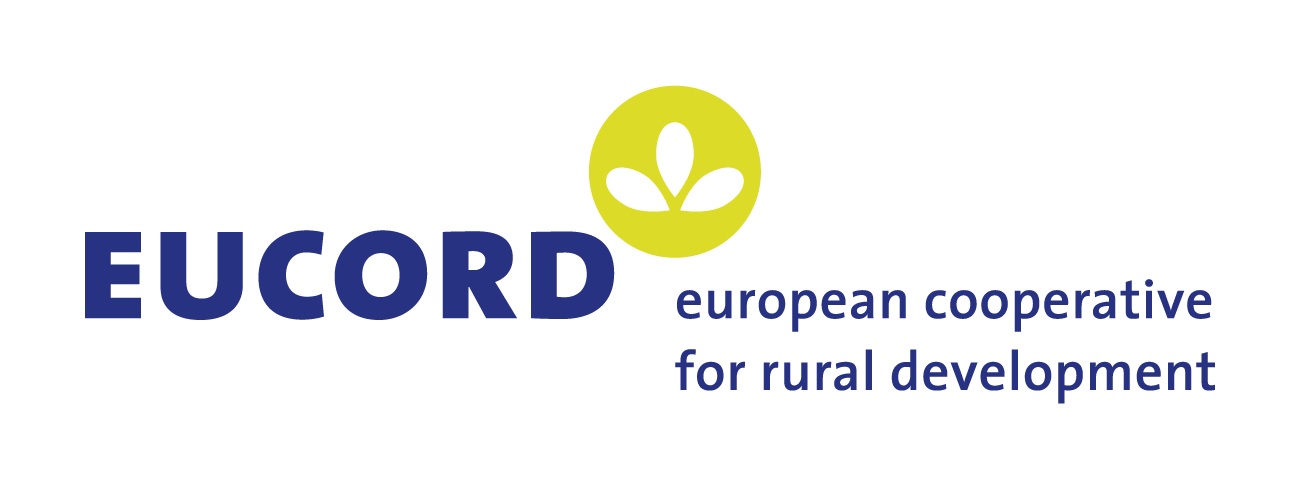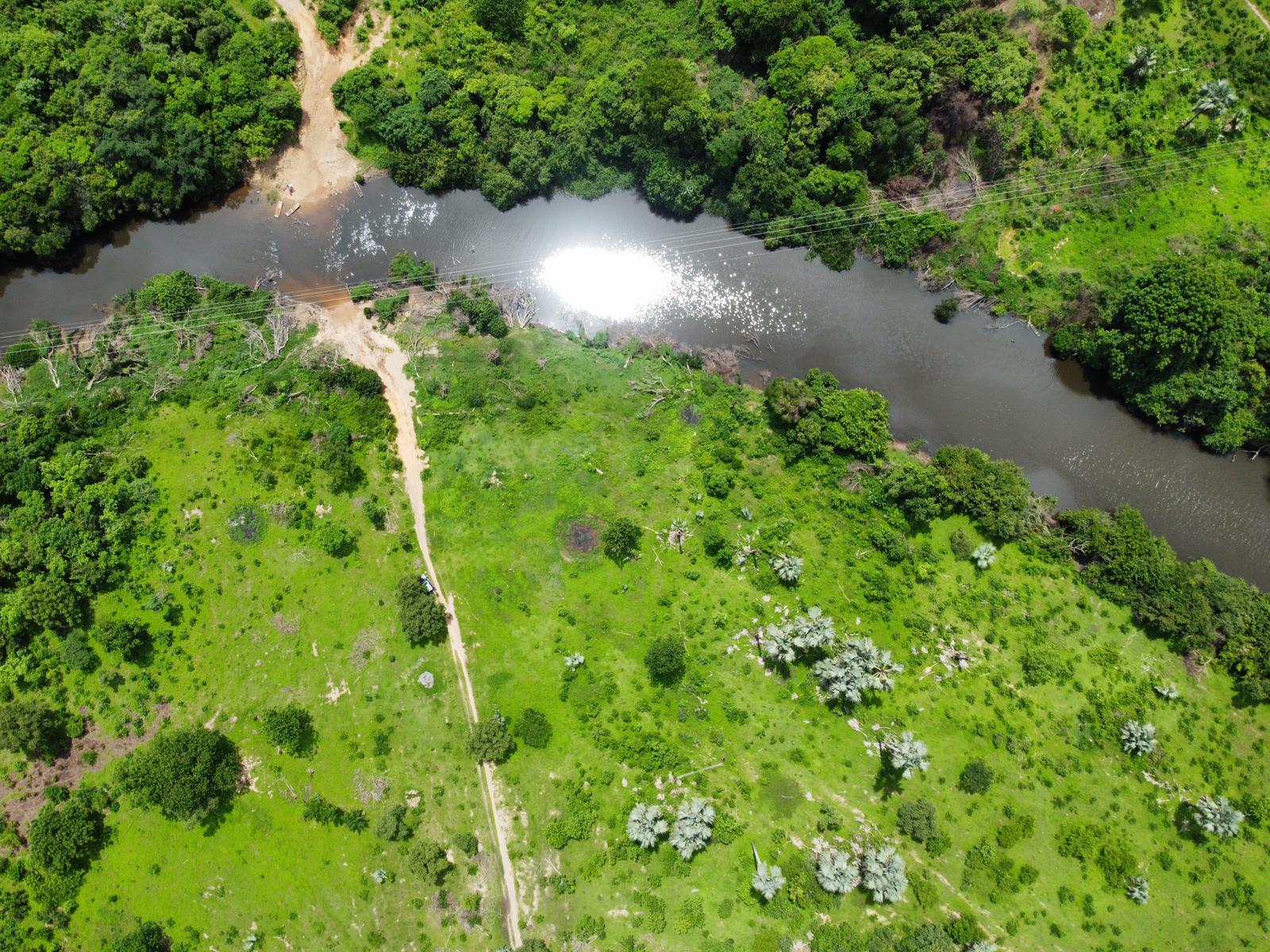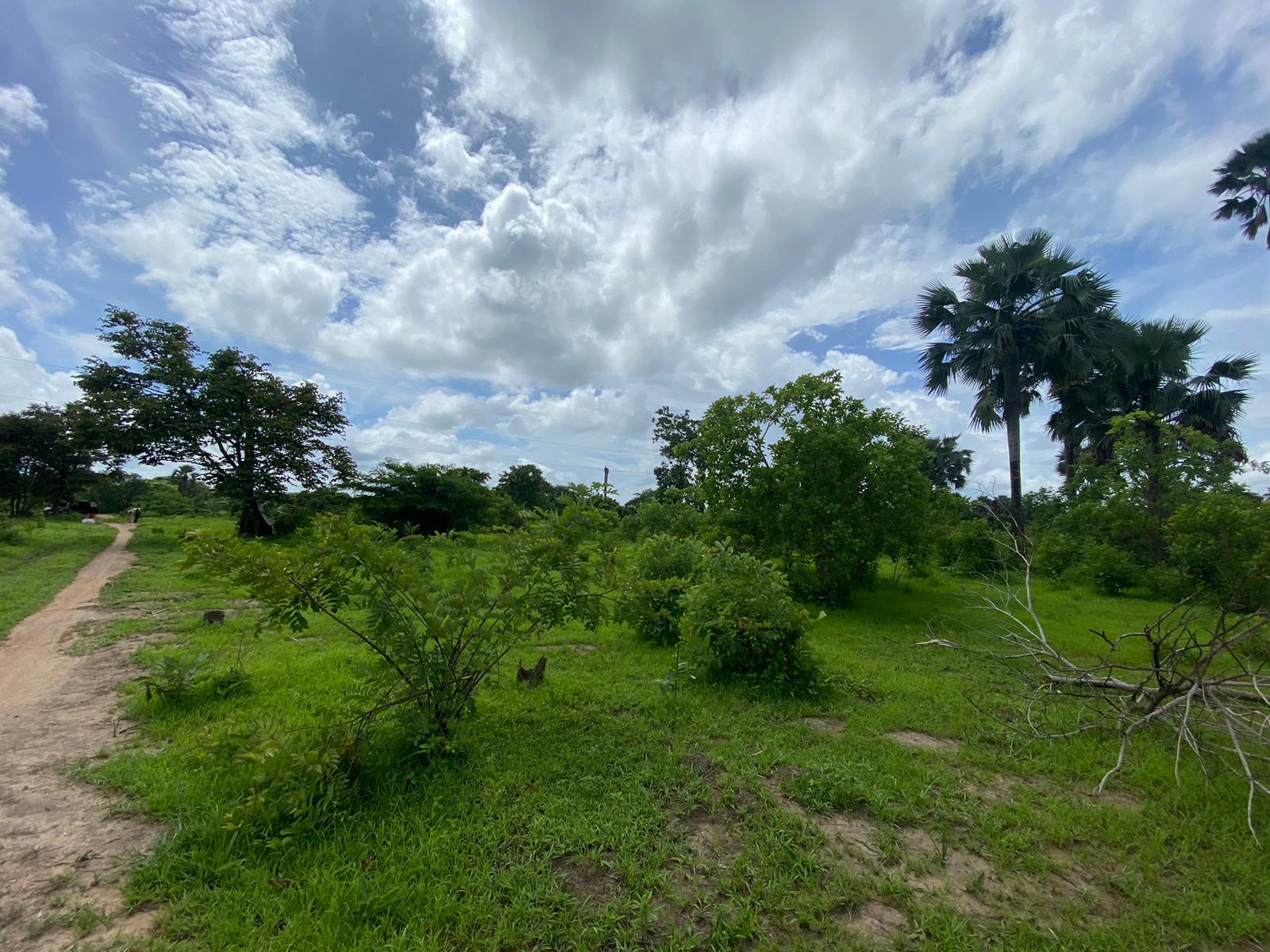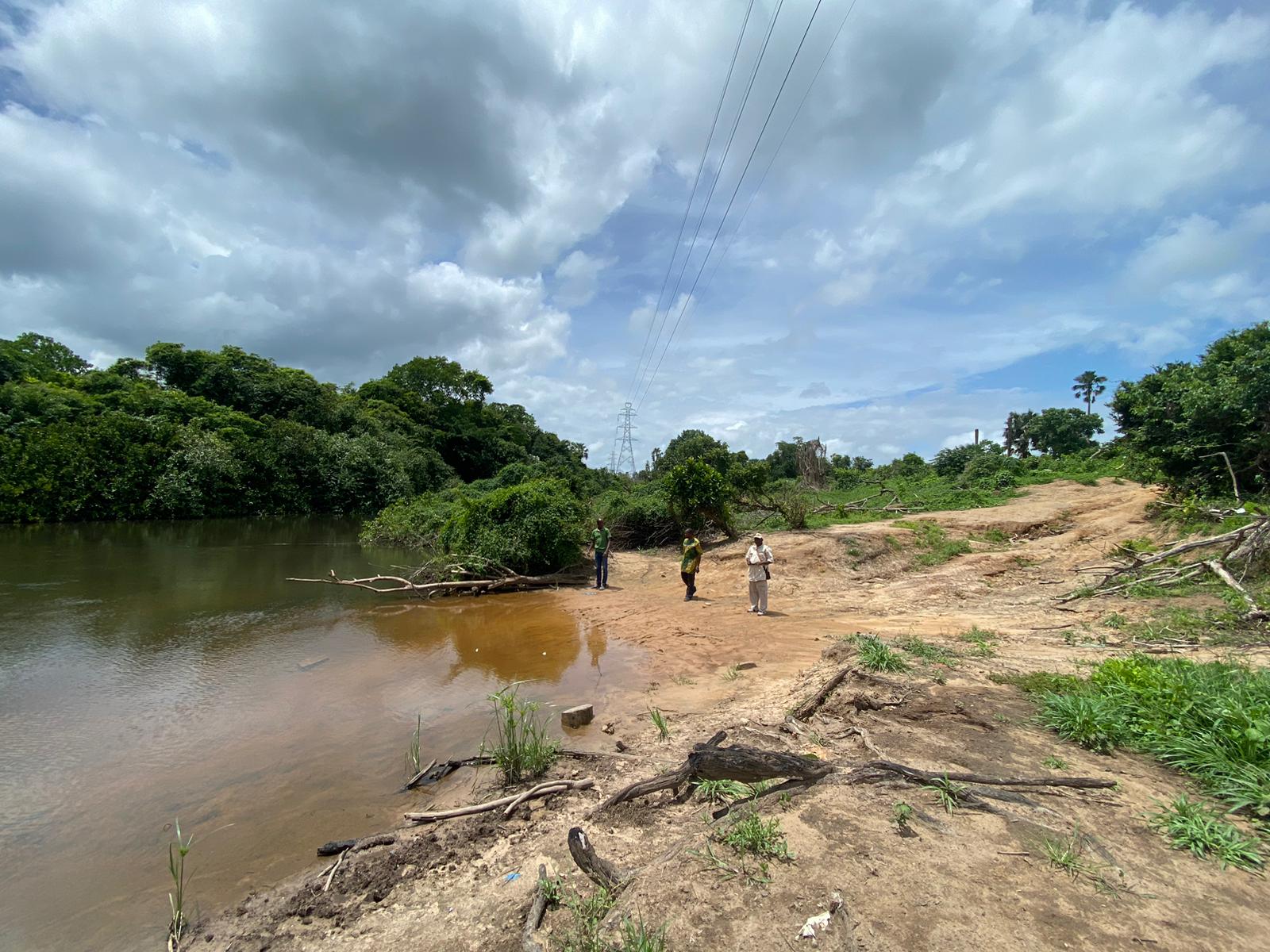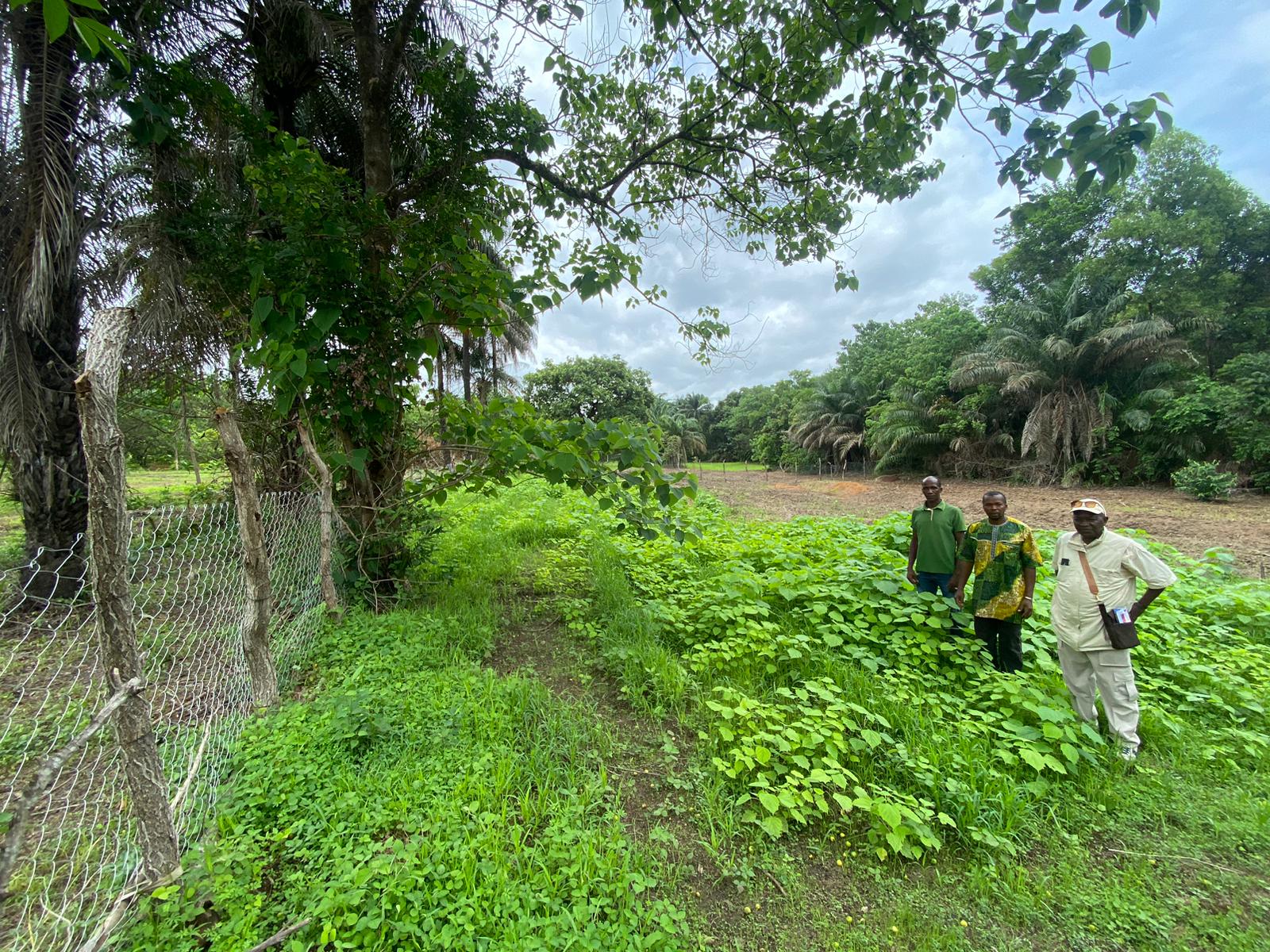Restoring Livelihoods and Landscapes in the Forest-Buffer Communities of the Outamba-Kilimi-Madina-Oula (OKMO) Transboundary Landscape in Guinea and Sierra Leone, 2023-2025
Donor:
USAID through the West Africa Biodiversity and Low Emissions Development (WABiLED) program led by Tetra Tech
Goal
The goal is to engage forest communities adjacent to protected areas to restore forest landscapes through the creation of sustainable and environmentally friendly livelihoods activities thereby reducing the pressure on the forests.
What we do
To achieve the goal, EUCORD designed an integrated approach relying on five specific objectives:
- Establish a demonstration nursery to serve as an incubator and learning center in the OKMO landscape;
- Promote sustainable management practices for forest and agroforestry plantations;
- Sensitize communities on the importance of maintaining biodiversity and cohabitation among humans, flora and fauna;
- Undertake land restoration through tree plantations and natural ecological regeneration; and
- Facilitate market access for non-timber products.
All activities linked to the above objectives will engage forest-buffer communities to restore a total of 500 ha of forest landscapes (200 ha of forestry and agroforestry plantations and 300 ha under Natural Ecological Regeneration). The capacity of at least 1,000 beneficiaries, particularly women and youth, will be strengthened to develop and manage sustainable and environmentally friendly livelihoods including developing women’s entrepreneurship in agroforestry and nursery jobs for youth.
Activities on the Guinean side will be implemented in collaboration with local partners and forestry authorities, as well with the Tacugama Chimpanzee Sanctuary (TCS) for activities on the Sierra Leone side.
Staff has been recruited on January 1st and is preparing the participatory diagnosis to identify project beneficiaries, areas to be restored and species to be supplied.
Accomplishments
Guinea:
- 20 local trainers trained with the support of the project engaging a total of 343 active people from households in village communities, including 79 women, in the following activities:
-
- Installation of 12,500 meter of firebreaks around 10 forests, securing 75 ha under NER, as well as 36.4 ha of forestry plots and 24.4 ha of agroforestry plots out-planted in 2023.
- Restructuring and revitalization of existing forest management groups into 10 Sustainable Natural Resource Management Committees (SRMCs).
- Installation of (i) demonstrations on 21-day composting, practice adopted in the 10 communities covered by the project, and (ii) the Madina Oula Centre nursery managed by two nurserymen trained on techniques for the production of seedlings in the nursery by CFD’s specialist.
- The two nurserymen trained are executing a service agreement to produce the seedlings needed by the communities to create community and family forests, introduce exotic and indigenous species for the NRE, as well as agroforestry plots for the second planting season.
- Recruitment of a national consultant, specialized in supporting pre-identified women towards entrepreneurship, business plans and market access for non-timber forest products (NTFPs) that female-dominated groups aim to produce in the 10 targeted areas.
Sierra Leone:
- Demarcation and mapping of the Natural Ecological Regeneration (NER) sites over 75 ha.
- Support the construction of fire belts around 6 sites to secure 7 ha per community.
- Support construction of live fences around forestry and agroforestry plots.
- Organize trainings on community saving groups and on production of bio-fertilizers.
